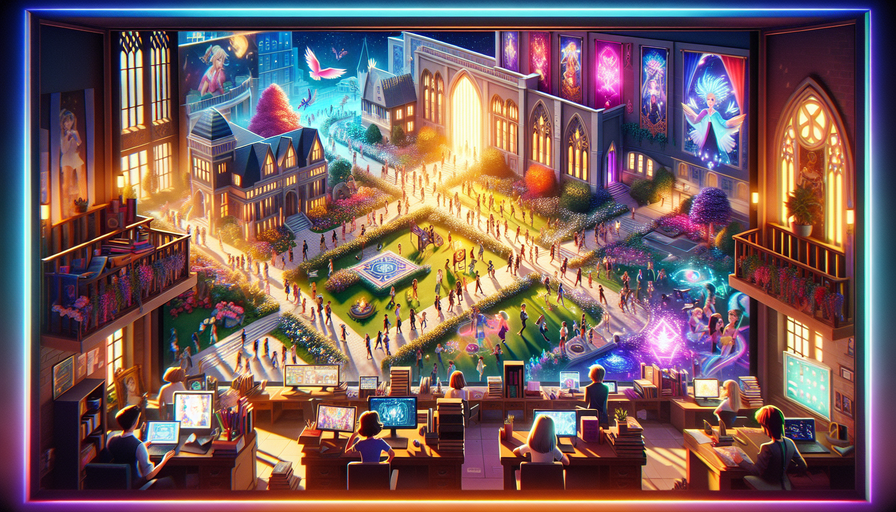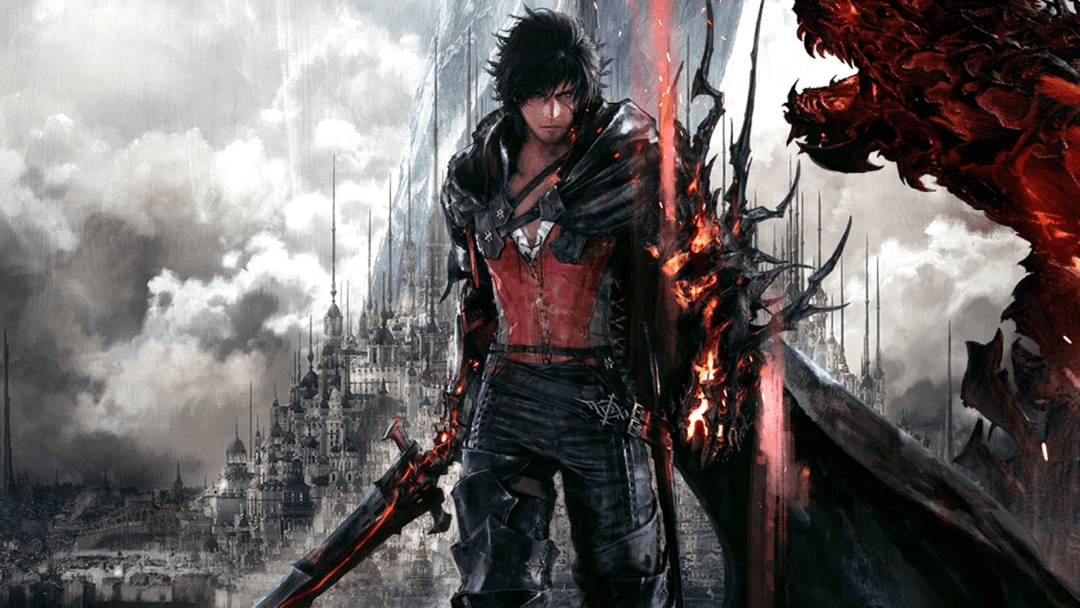In recent years, indie games have been making a significant impact on the gaming industry. These smaller, often more experimental titles have captured the attention of gamers worldwide with their unique gameplay mechanics, captivating stories, and stunning visuals. One such game that has been generating buzz in the gaming community is “Cult of the Lamb.”
What Makes Cult of the Lamb Stand Out?
“Cult of the Lamb” is an upcoming indie game developed by Massive Monster and published by Devolver Digital. The game combines elements of base-building, dungeon-crawling, and resource management to create a compelling and immersive experience for players. In “Cult of the Lamb,” players take on the role of a cute little lamb who must build and manage their own cult while fending off hordes of enemies.
The game’s charming art style, quirky premise, and engaging gameplay have drawn comparisons to other popular indie titles like “Don’t Starve,” “Stardew Valley,” and “Moonlighter.” Fans of these games are eagerly anticipating the release of “Cult of the Lamb” to see how it will push the boundaries of the genre even further.
Games Similar to Cult of the Lamb
If you’re a fan of games like “Cult of the Lamb” and are looking for similar titles to play while you wait for its release, there are several options available that offer a mix of base-building, exploration, and strategy gameplay.
1. Moonlighter: In this action RPG game developed by Digital Sun, players take on the role of Will, a shopkeeper who dreams of becoming a hero. By day, players manage their shop in a bustling village; by night, they explore dungeons filled with monsters and loot.
2. Stardew Valley: Developed by ConcernedApe (Eric Barone), this farming simulation game has captivated players with its charming retro graphics and relaxing gameplay. Players can grow crops, raise animals, mine for resources, fish, socialize with villagers, and explore caves.
3. Don’t Starve: Created by Klei Entertainment, this survival game challenges players to survive in a dark and unforgiving world filled with strange creatures and dangers. Players must gather resources, craft tools and structures, explore their surroundings, and uncover mysteries to stay alive.
4. Forager: Developed by HopFrog, this 2D open-world game combines exploration, farming, crafting,
and combat elements into an addictive gameplay loop. Players can gather resources,
build structures,
and uncover secrets as they expand their island empire.
Conclusion
Games like “Cult
of
the
Lamb”
offer
players
a
unique
gaming
experience
that blends different genres seamlessly.
Whether you’re interested in base-building,
exploration,
resource management,
or simply enjoy quirky indie games,
there’s something out there for everyone.
As we eagerly await
the release
of “Cult
of
the
Lamb,”
it’s worth exploring these other titles to scratch that itch for engaging gameplay.
Indie developers continue to push boundaries,
experiment with new ideas,
and deliver memorable experiences that resonate with gamers worldwide.



